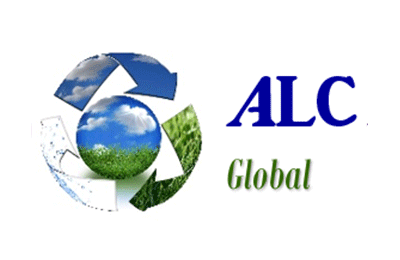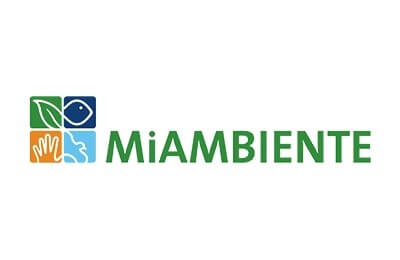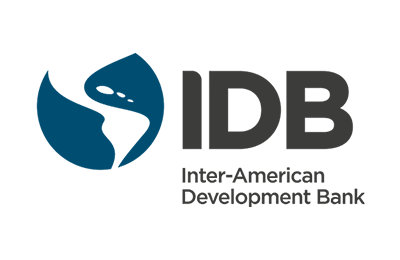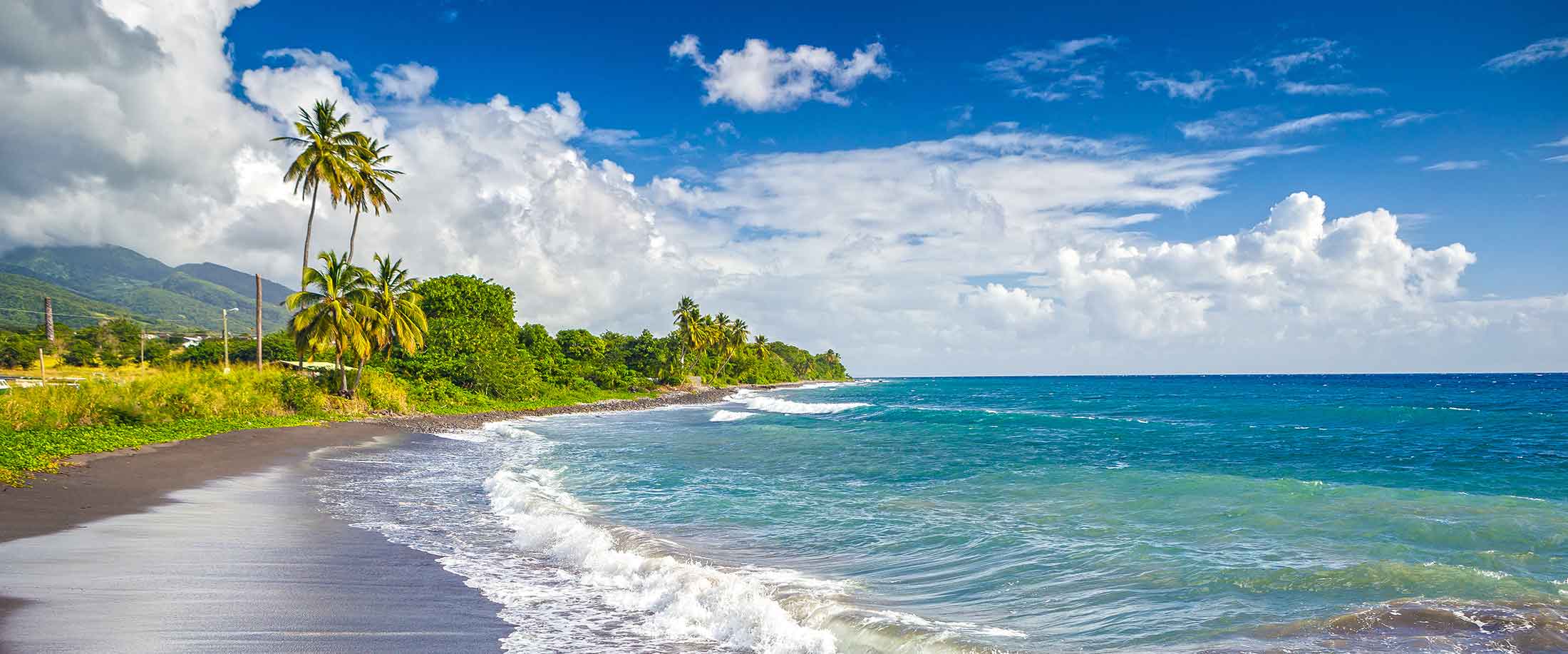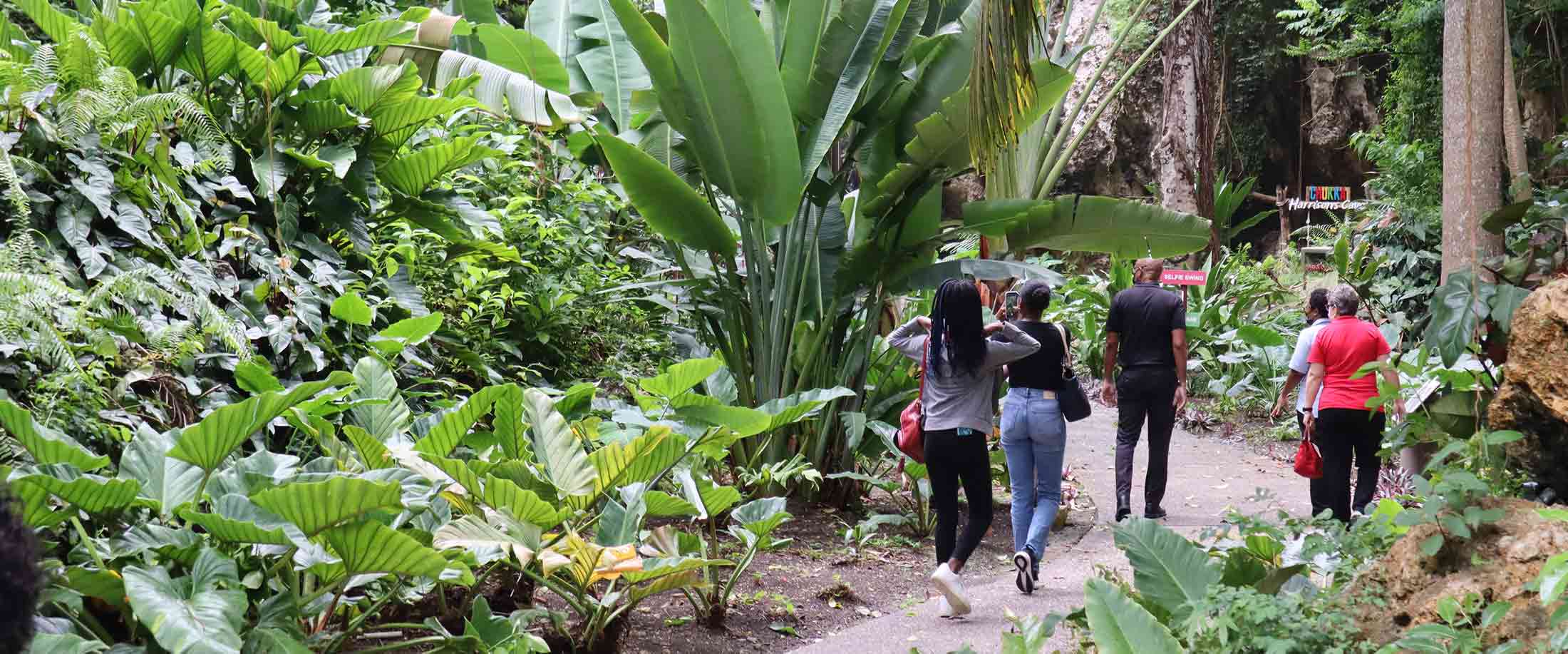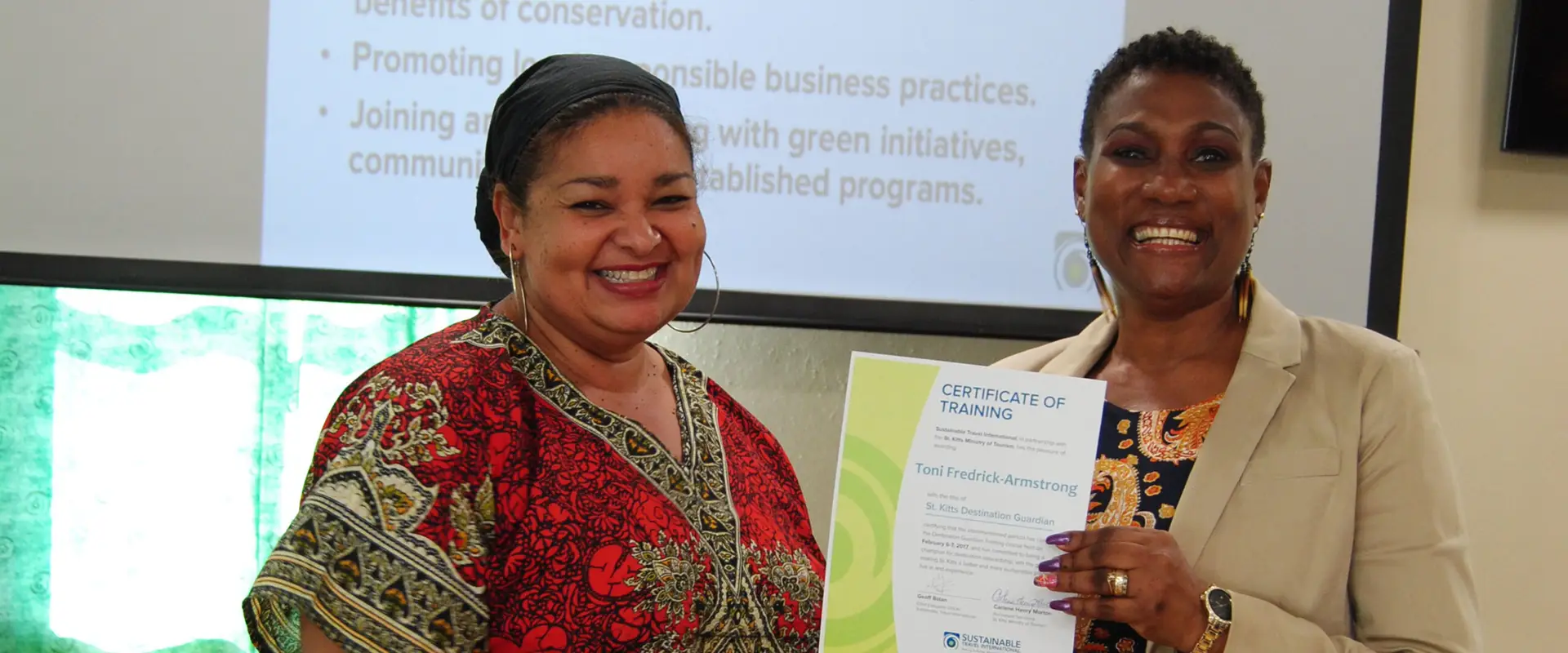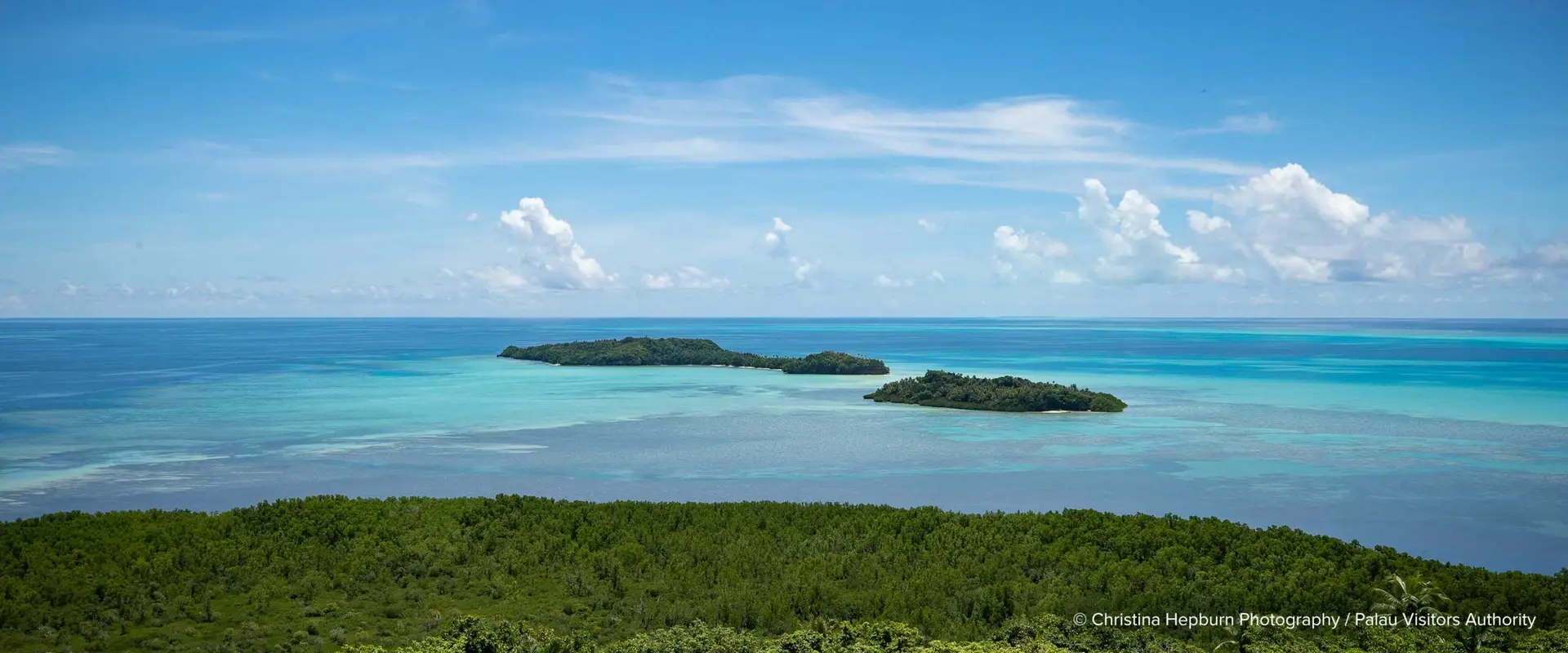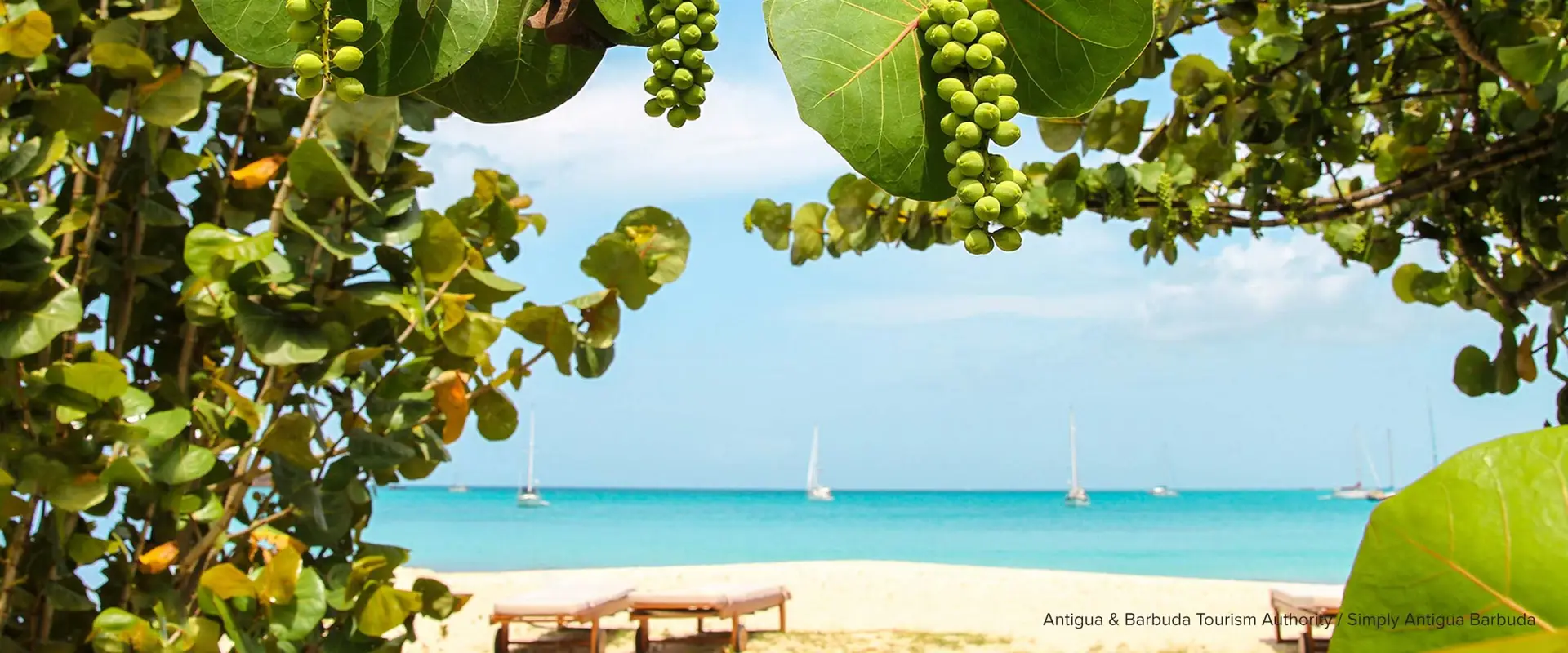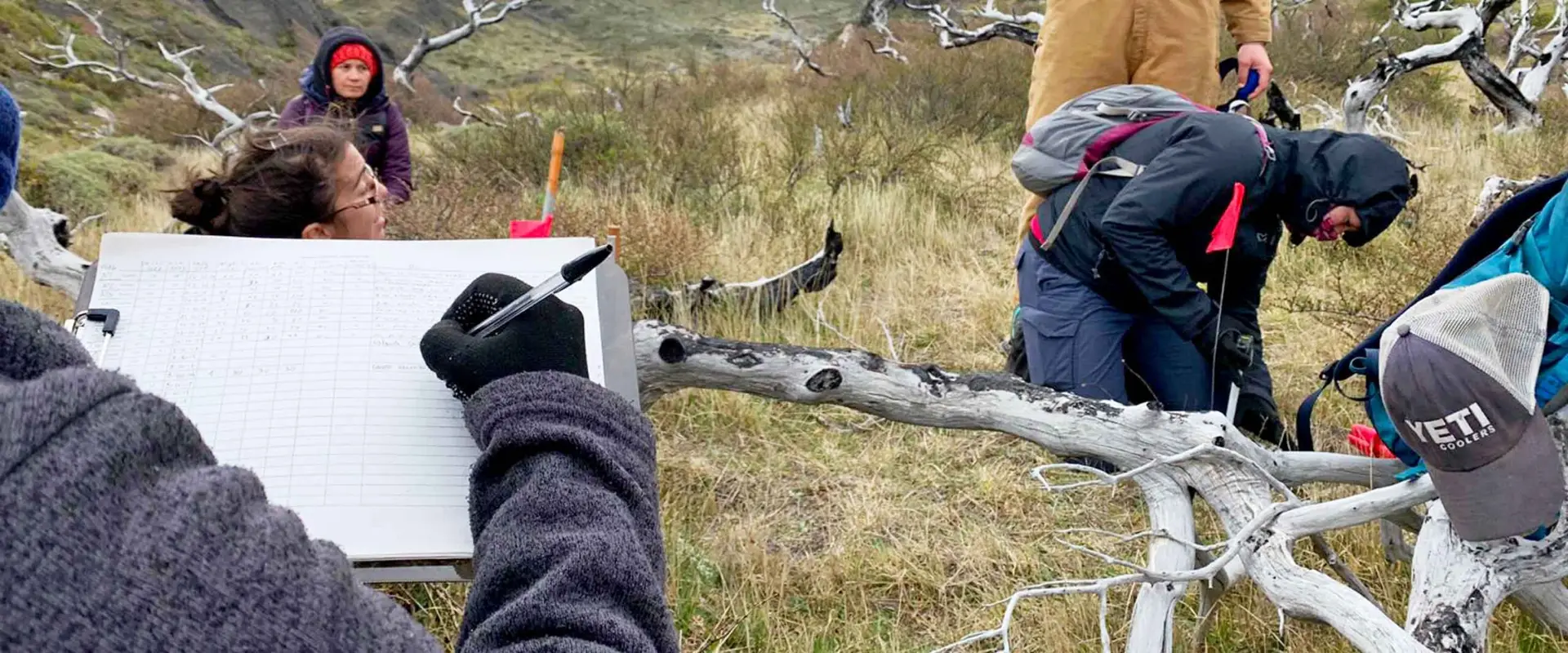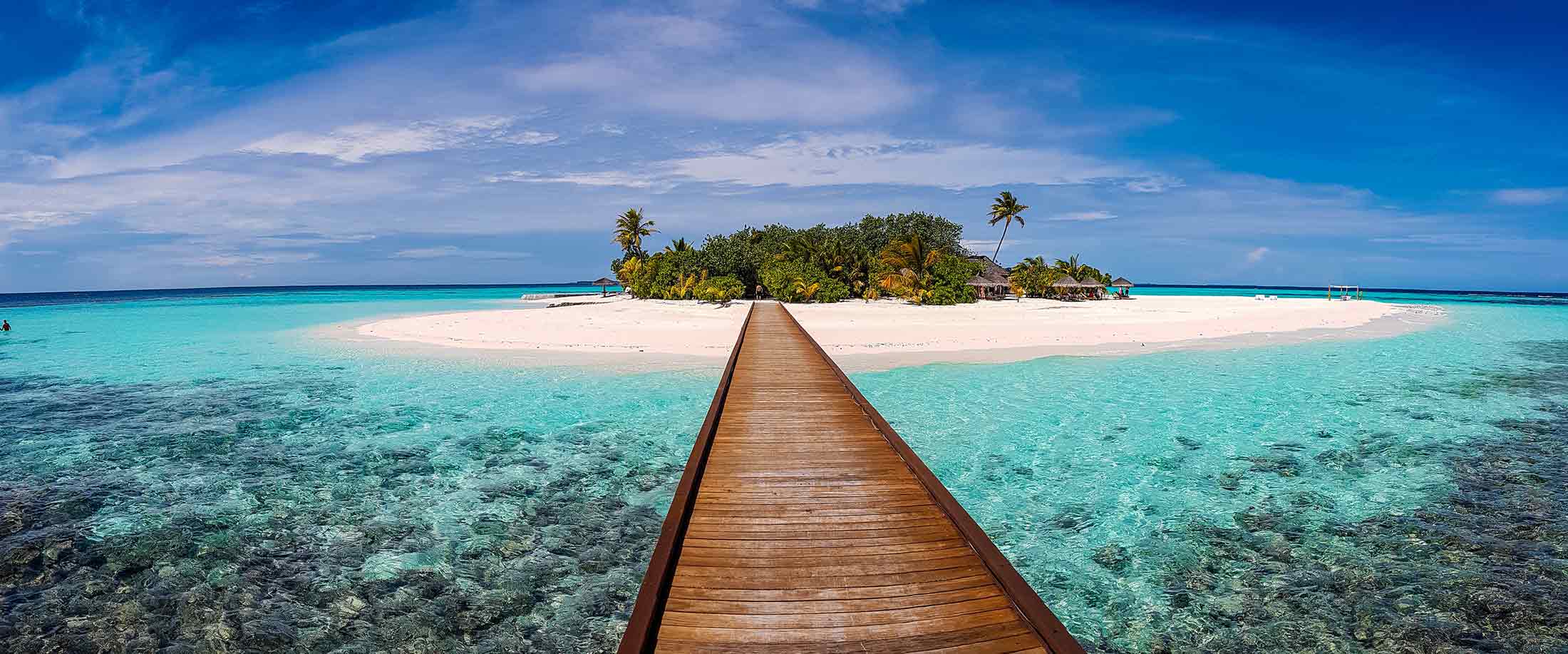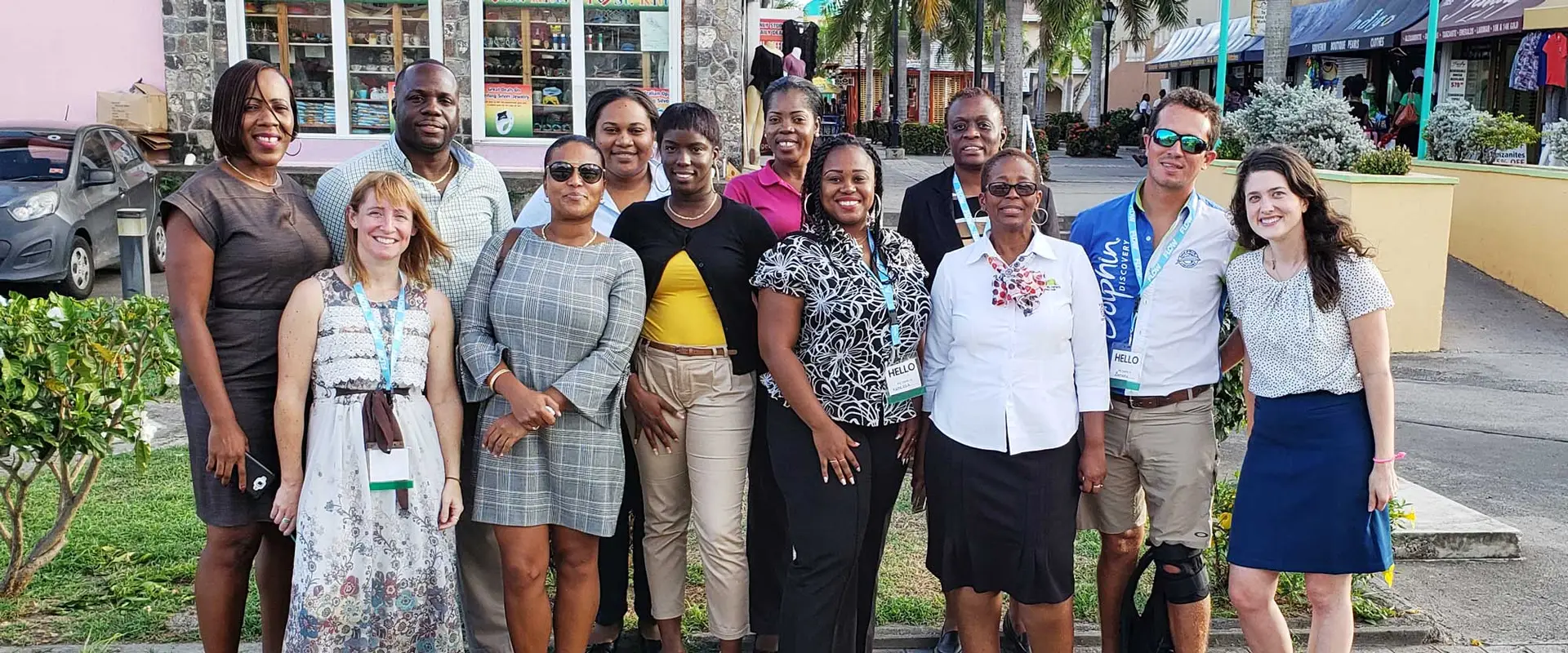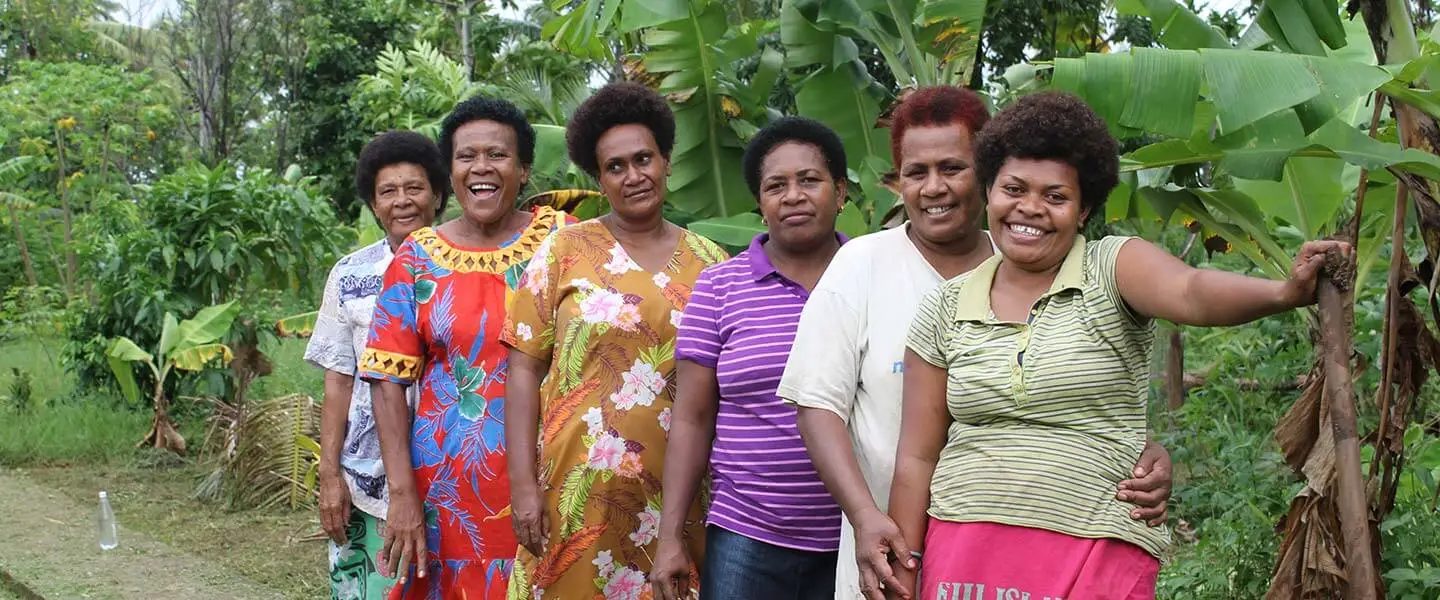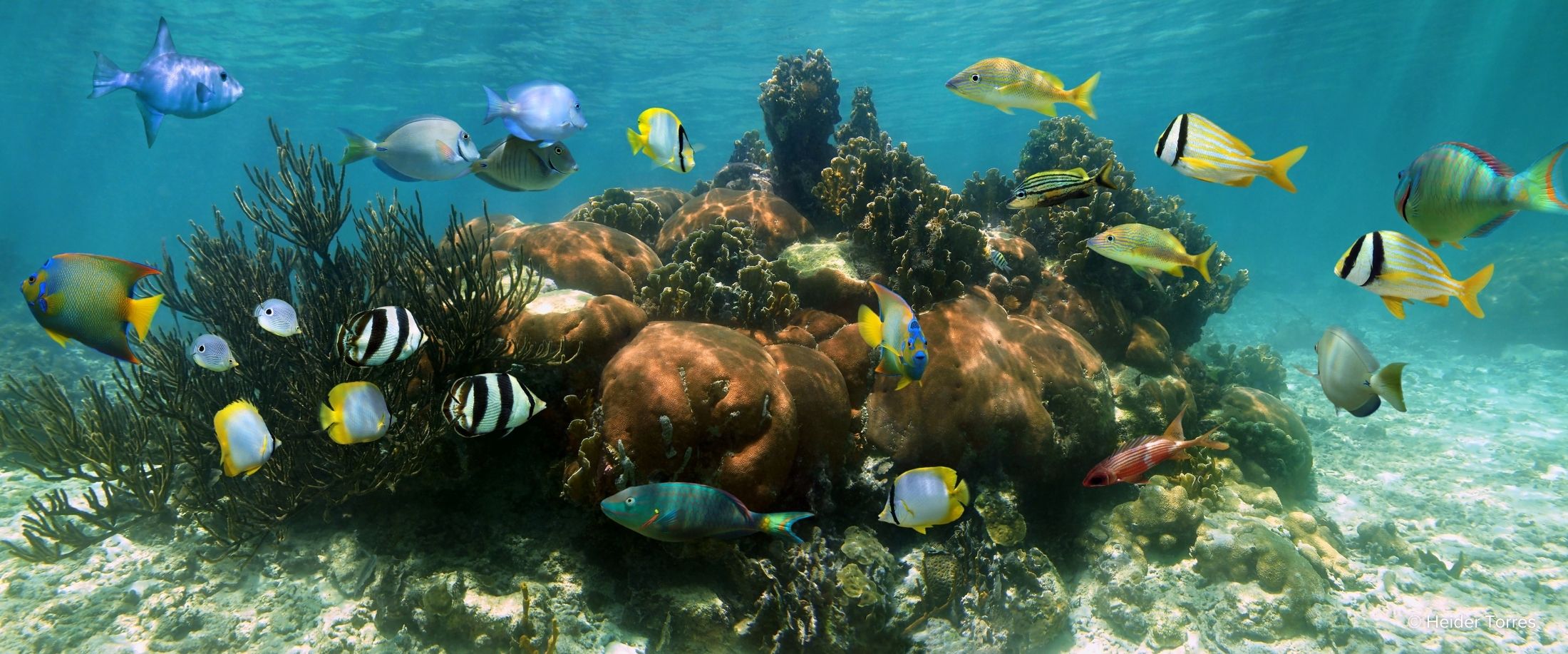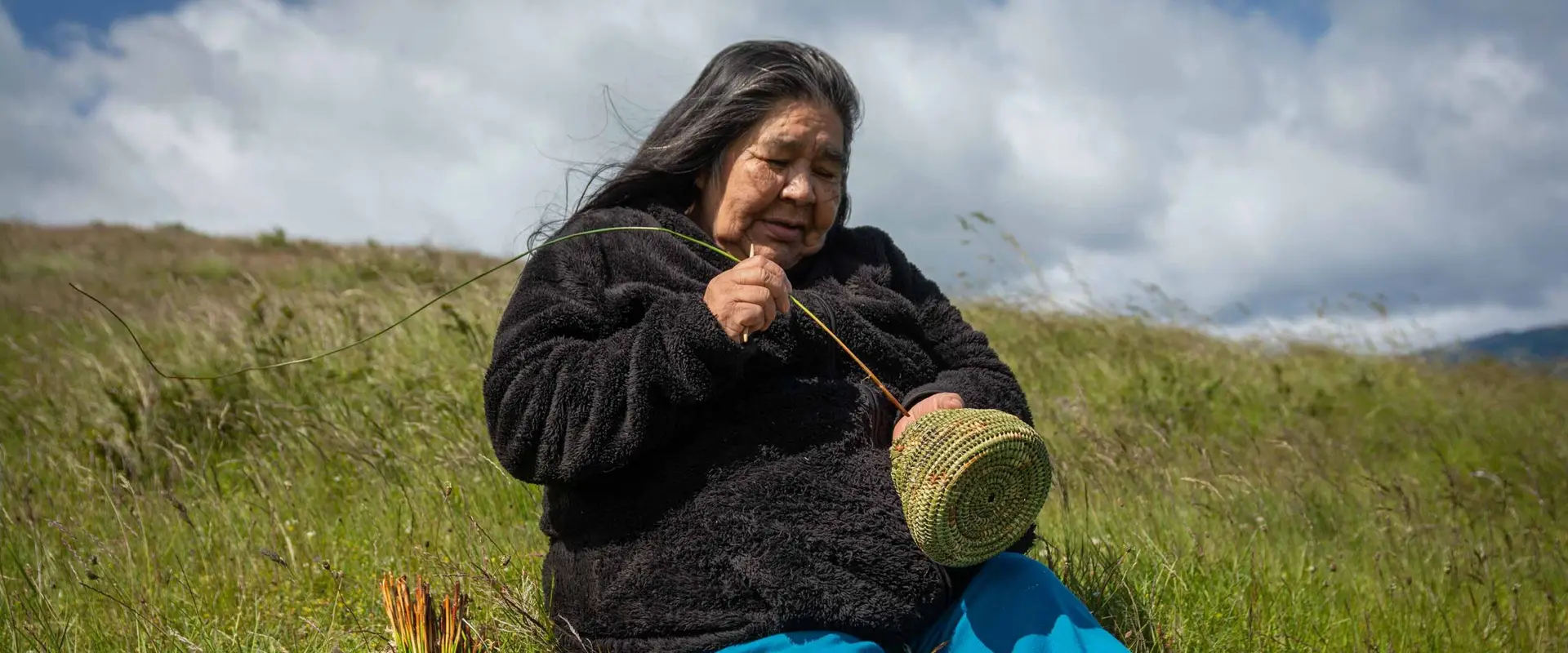Tourism in protected areas is a growing economic activity in many countries. By drawing visitors out of tourism hotspots to more remote regions, protected area tourism can bring new benefits to rural communities and indigenous populations.
While protected areas provide significant economic value, there tends to be little data to actually back this up. Without reliable and quantifiable evidence, governments and communities may undervalue these natural areas and the benefits they deliver. As a result, important visitor management and conservation activities may be overlooked. Without these types of sustainability measures in place, tourism growth in protected areas can end up harming their fragile environments.
Our Role
One destination focused on developing sustainable tourism in its protected areas is Panama. The country’s 121 protected areas cover over 6.2 million hectares of rainforests, coastal reefs, and other sensitive habitats. An increasing number of visitors come to these areas for nature-based tourism experiences, such as trekking, snorkeling, rock climbing, and birdwatching.
In 2017, Sustainable Travel International conducted an economic impact study to determine the value of these natural areas. For this study, our team examined the economic benefits generated by tourism activities within Panama’s protected areas as a way to measure their value.
We began by reviewing Panama’s existing tourism data. This included more general statistics such as national visitor arrivals, protected areas statistics, and public use plans.
To supplement this data, we collected more specific data on tourism revenues linked to protected areas. We surveyed businesses in Panama’s protected areas and their surrounding buffer zones. Five protected areas were included in this pilot study: Camino de Cruces National Park, Altos De Campana National Park, La Amistad International Park, Chagres National Park, and Soberanía National Park. Survey participants were asked to provide information about their business, including the services they offer and their revenues.
In addition to collecting data from businesses, our team also interviewed visitors to these areas. Through these interviews, we were able to gain a better understanding of who is visiting Panama’s protected areas, what they are doing, and where they are spending their money.
The study findings paint a fuller picture of the different groups that are operating in and benefiting from Panama’s protected areas. It also quantifies the economic value of protected area tourism. An added benefit of this research approach is that it provides data not only on impacts at the national level, but also on the value generated for local communities.
The real impact of this data lies in its potential to influence destination planning and decision-making. By demonstrating the value of protected areas to the tourism industry, local communities, and the country as a whole, this data helps reinforce the importance of caring for these areas. We hope this data incentivizes improved conservation and leads to better visitor management in protected areas.
Header Photo Credit: Billtacular via Flickr
Project Type

Destination: Panama

Region: Central America
Location
Dates
2017
Explore More Destination Projects
Protect the Places You Love
Help conserve our planet’s most vulnerable destinations and empower the people who live there. Join the movement today.


